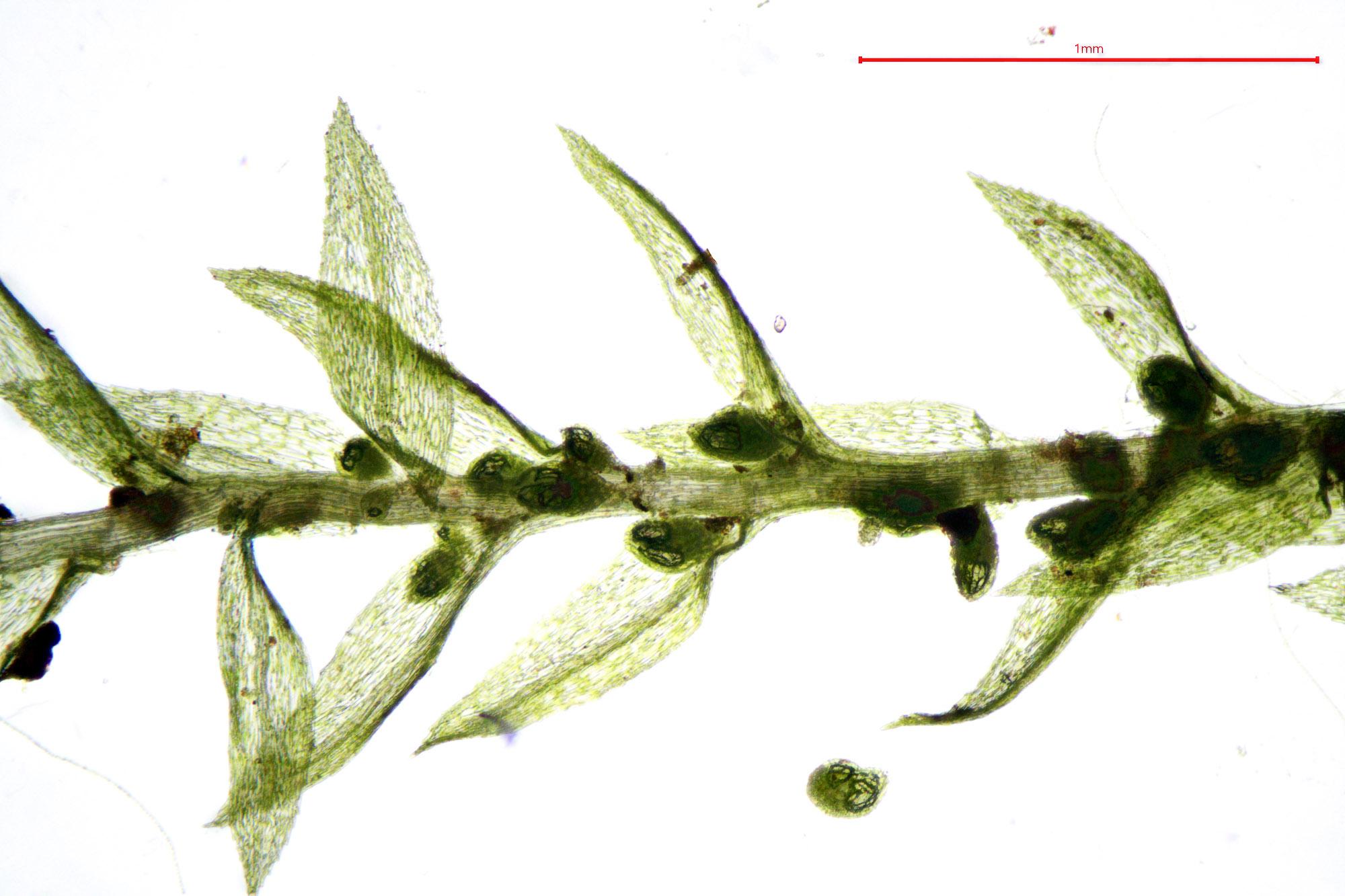
374049.jpg from: https://inpn.mnhn.fr/espece/cd_nom/4882/tab/fiche
Exploring the Fascinating World of Pohlia bulbifera Moss
Introduction
Mosses may be small, but they play a big role in many ecosystems around the world. One particularly interesting species is Pohlia bulbifera (Warnst.) Warnst., also known simply as Pohlia. This unique moss belongs to the Mniaceae

medium.jpg from: https://www.inaturalist.org/taxa/167129-Pohlia-bulbifera
family and has some remarkable characteristics. In this blog post, we’ll take a closer look at Pohlia bulbifera and discover what makes it so special.
Background
Pohlia bulbifera is a species of moss classified under the division Bryophyta and class Bryopsida. The specific epithet “bulbifera” refers to the presence of bulbils, which are small reproductive structures. Pohlia mosses can be found in various habitats worldwide.
Morphology and Identification

Pohlia_bulbifera_022.JPG from: https://cisfbr.org.uk/Bryo/Cornish_Bryophytes_Pohlia_bulbifera.html
Pohlia bulbifera has a distinctive appearance that sets it apart from other mosses:
- Stems are typically 1-3 cm tall and sparsely branched
- Leaves are ovate to lanceolate, with a strong midrib
- Bulbils are present in the leaf axils and aid in vegetative reproduction
- Capsules are cylindrical and borne on long setae when present
With a hand lens or microscope, the bulbils are a key feature for identifying P. bulbifera in the field.

macro-bryum-moss-pohlia-nutans-dew-drops-forest-floor-over-dark-green-background-mossy-plants-mosses-195543893.jpg from: https://www.dreamstime.com/macro-bryum-moss-pohlia-nutans-dew-drops-forest-floor-over-dark-green-background-mossy-plants-mosses-image195543893
Global Distribution and Habitat
Pohlia bulbifera has a wide distribution, occurring in:
- Europe, from Scandinavia to the Mediterranean
- North America, from Alaska to Mexico
- Parts of Asia, Africa, and Australia

2023-08-17-14-43-50.jpg from: https://www.britishbryologicalsociety.org.uk/learning/species-finder/pohlia-bulbifera/
This adaptable moss can be found growing on various substrates, including:
- Soil in forests and grasslands
- Rocks and cliffs
- Rotting logs and tree bases
P. bulbifera tolerates a range of environmental conditions but prefers moist, shaded sites.
Ecological Roles and Adaptations
Like other mosses, Pohlia bulbifera plays important ecological roles:
- Helps retain moisture and prevent soil erosion
- Provides

large.jpg from: https://www.inaturalist.org/guide_taxa/225520
shelter for small invertebrates
- Contributes to nutrient cycling as it decomposes
The bulbils are a key adaptation that allows P. bulbifera to spread efficiently. These small, spherical structures detach easily and can be dispersed by water, animals, or wind. Upon landing in a suitable spot, bulbils germinate and grow into new moss plants. This vegetative reproduction is particularly advantageous in habitats where sexual reproduction may be limited.
| Characteristic | Description |
|---|---|
| Size | Small, typically 1-3 cm tall |
| Leaves | Ovate to lanceolate with strong midrib |
| Bulbils | Present in leaf axils, aid in reproduction |
| Capsules | Cylindrical, on long setae when present |
| Habitat | Varied – soil, rocks, logs, tree bases |
| Distribution | Wide – Europe, North America, Asia, Africa, Australia |
Conclusion
Pohlia bulbifera may be a small moss, but it has a big story to tell. From its distinctive bulbils to its wide-ranging distribution, this species showcases the remarkable adaptations and ecological importance of mosses. The next time you’re out in nature, keep an eye out for this fascinating little plant. Who knows what other moss mysteries await discovery?